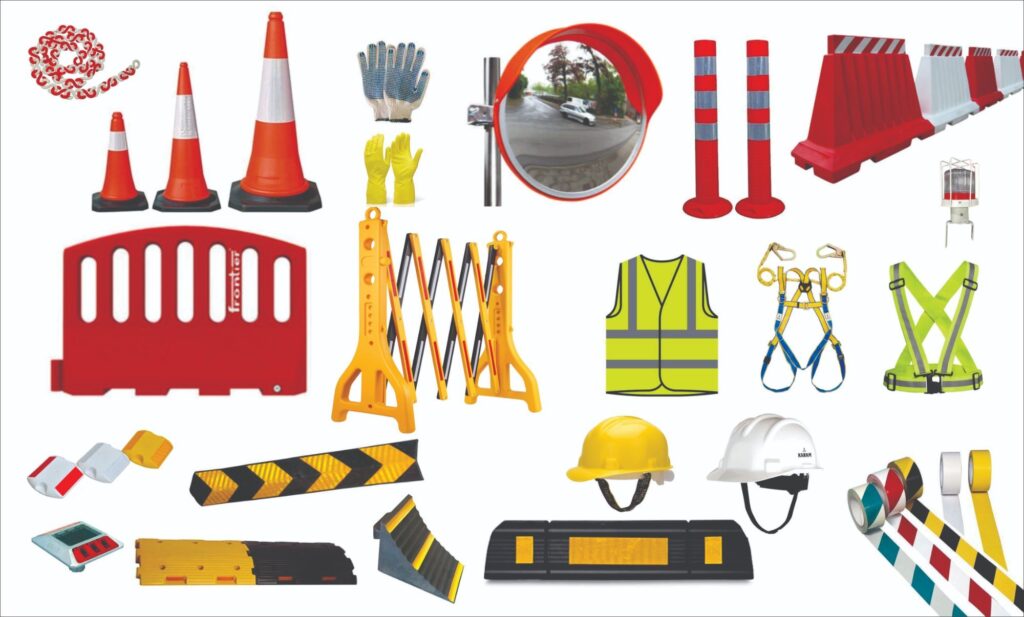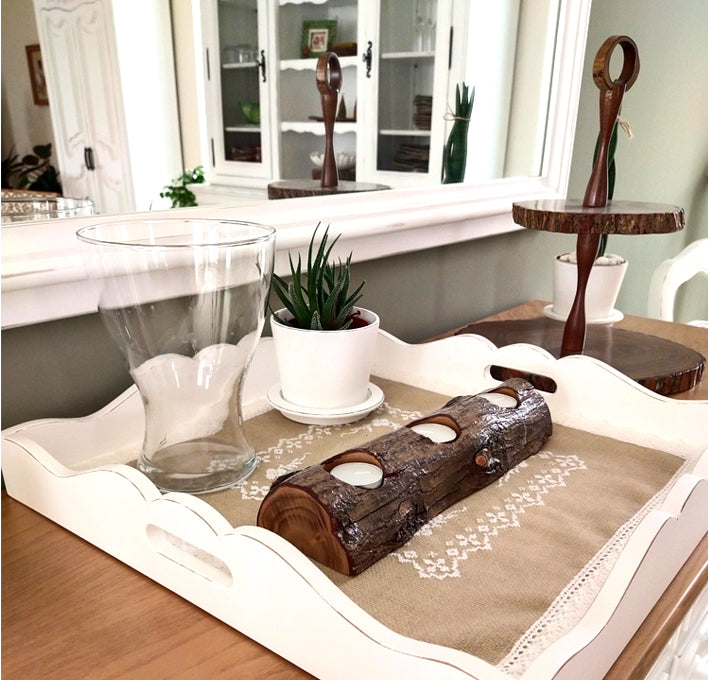
In today's fast-paced world, road safety has become more important than ever. With millions of vehicles on the road, both personal and commercial, it’s crucial to have the right measures in place to minimize accidents and save lives. Road safety products play a vital role in ensuring that drivers, pedestrians, and cyclists remain protected, particularly as road traffic continues to increase globally. These products are designed to enhance the safety of road users by preventing accidents, reducing their impact, and improving visibility. road safety products.
This article delves into the various road safety products available, their uses, and why they are essential in maintaining safer roads for everyone. From reflective vests to speed bumps and road signs, the landscape of road safety is diverse and continually evolving.
The Importance of Road Safety
Every year, road traffic accidents claim the lives of millions of people worldwide. According to the World Health Organization (WHO), road traffic accidents are among the leading causes of death, especially in developing countries. However, many of these accidents are preventable with the use of appropriate road safety products and measures.
To reduce the number of fatalities and injuries, governments, municipalities, and private companies have invested heavily in road safety products. These products include infrastructure tools like road signs and traffic lights, as well as personal safety gear like helmets and reflective clothing. Each product plays a critical role in enhancing road safety and promoting safer driving habits.
Essential Road Safety Products
- Reflective Gear and Clothing
Reflective vests, jackets, and armbands are some of the most basic yet essential road safety products, especially for pedestrians, cyclists, and construction workers. The reflective materials used in these garments help increase visibility, particularly in low-light conditions or during night-time activities.
For instance, a pedestrian walking on a dimly lit road at night is much more likely to be seen by drivers if they wear a reflective vest or jacket. Similarly, construction workers wearing reflective gear are more visible to drivers, reducing the risk of accidents in roadwork zones.
- Road Signs and Signals
Road signs and signals are essential tools for controlling traffic and providing drivers with important information about road conditions, speed limits, hazards, and detours. These signs are often made of durable materials that can withstand the elements while remaining visible to drivers.
There are numerous types of road signs, including:
- Warning signs: Indicate potential hazards such as sharp turns, pedestrian crossings, or slippery roads.
- Regulatory signs: Provide rules that drivers must follow, such as speed limits, stop signs, and yield signs.
- Informational signs: Provide helpful information like directions, parking locations, and gas stations.
Proper placement and maintenance of road signs are crucial to ensuring they serve their purpose effectively. Clear, visible signs reduce confusion and make driving safer for everyone.
- Speed Bumps and Humps
Speed bumps, humps, and rumble strips are road safety products designed to control the speed of vehicles in certain areas. These products are commonly found in school zones, residential neighborhoods, and parking lots where reduced speed is necessary to protect pedestrians and cyclists.
Speed bumps and humps force drivers to slow down, reducing the likelihood of accidents in high-risk areas. Similarly, rumble strips are often placed along highways to alert drivers if they are drifting out of their lane or approaching a dangerous curve.
- Traffic Barriers and Guardrails
Traffic barriers and guardrails are designed to prevent vehicles from leaving the road in case of a loss of control. These safety features are typically placed along highways, bridges, and dangerous curves where there is a higher risk of accidents.
Guardrails work by absorbing the energy from a collision and redirecting the vehicle back onto the road. In some cases, traffic barriers can also prevent vehicles from crashing into dangerous areas, such as steep slopes or bodies of water.
- Pedestrian Crossings and Signals
Pedestrian safety is a critical aspect of road safety, especially in urban areas where foot traffic is heavy. Pedestrian crossings, combined with signals like walk/don’t walk lights, help protect pedestrians from accidents while crossing busy streets.
In many cities, crosswalks are painted with high-visibility markings that make it clear where pedestrians are allowed to cross. These crossings are often equipped with signals that alert drivers to stop when pedestrians are crossing, ensuring the safety of those on foot.
- Safety Helmets
While often associated with motorcyclists, safety helmets are essential for a variety of road users, including cyclists, skateboarders, and even pedestrians in some high-risk areas. Helmets are designed to protect the head in the event of an accident, reducing the severity of injuries and potentially saving lives.
Cyclists, for example, are at a higher risk of head injury in the event of a fall or collision. A properly fitted helmet can make a significant difference in protecting the brain from damage, and many countries have implemented laws requiring helmets for cyclists.
- Emergency Kits
Emergency road safety kits are crucial products that can help drivers and passengers in the event of an accident or breakdown. These kits typically contain essential items like first aid supplies, road flares, warning triangles, and even jumper cables.
Having an emergency kit on hand can be the difference between life and death in some situations. In the case of a breakdown or accident, road flares and warning triangles can alert other drivers to the hazard, reducing the risk of further accidents.
- Vehicle Safety Features
Modern vehicles come equipped with a variety of road safety features designed to protect the occupants in the event of an accident. Some of these features include airbags, anti-lock braking systems (ABS), electronic stability control (ESC), and collision warning systems.
Although these features are built into vehicles, they are considered part of the broader category of road safety products, as they work in conjunction with road infrastructure and safety gear to protect drivers and passengers.
- Parking Sensors and Cameras
Parking sensors and cameras are increasingly common in modern vehicles, helping drivers navigate tight spaces and avoid collisions when parking. These products use sensors to detect nearby obstacles and alert the driver to potential hazards.
Parking cameras, often displayed on the vehicle’s dashboard or rearview mirror, provide a visual representation of the area behind the vehicle, giving the driver a better understanding of their surroundings.
The Role of Technology in Road Safety
Advancements in technology are continuously shaping the landscape of road safety products. For example, intelligent traffic management systems use sensors and cameras to monitor traffic flow, detect accidents, and adjust traffic lights in real-time to alleviate congestion.
Moreover, vehicle-to-vehicle (V2V) communication technology is making it possible for vehicles to communicate with each other and share information about road conditions, hazards, and traffic. This technology has the potential to reduce accidents by alerting drivers to dangers ahead.
The Future of Road Safety
As the world continues to urbanize, the need for effective road safety products will only grow. Governments and private organizations will need to continue investing in innovative solutions to ensure the safety of all road users. Smart traffic systems, autonomous vehicles, and improved road designs are just a few of the exciting advancements on the horizon.
Additionally, increased awareness about road safety will encourage the adoption of safer driving practices and the use of personal protective equipment like helmets and reflective clothing. Educational campaigns and road safety programs will play an essential role in spreading awareness and promoting safer habits on the road.
Conclusion
Road safety products are essential tools in reducing accidents and saving lives. From reflective vests to traffic barriers, these products provide crucial protection for drivers, pedestrians, cyclists, and construction workers. As technology advances, the future of road safety products looks promising, with innovations that promise even greater levels of protection and efficiency. By prioritizing road safety, society can make significant strides in reducing fatalities and injuries on the road.





